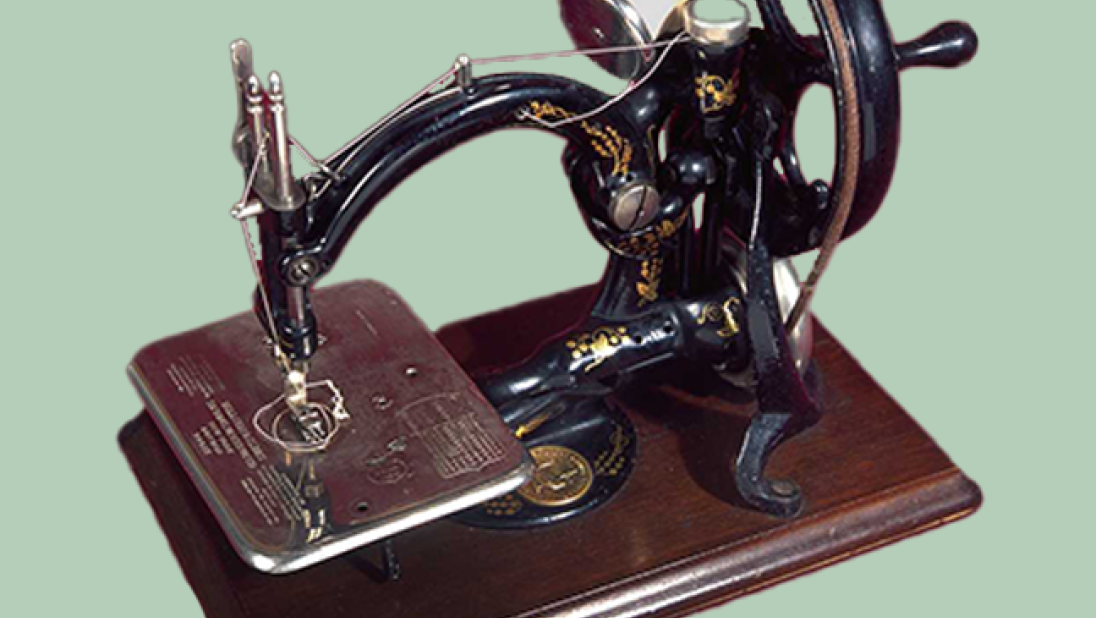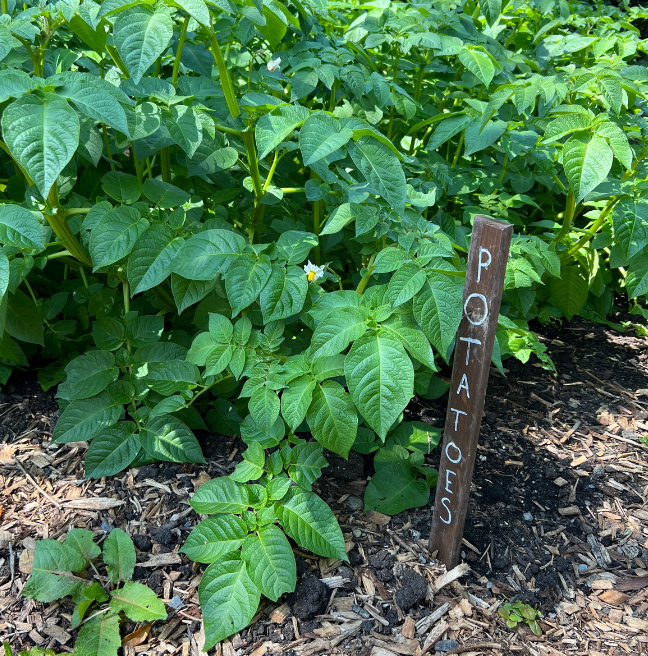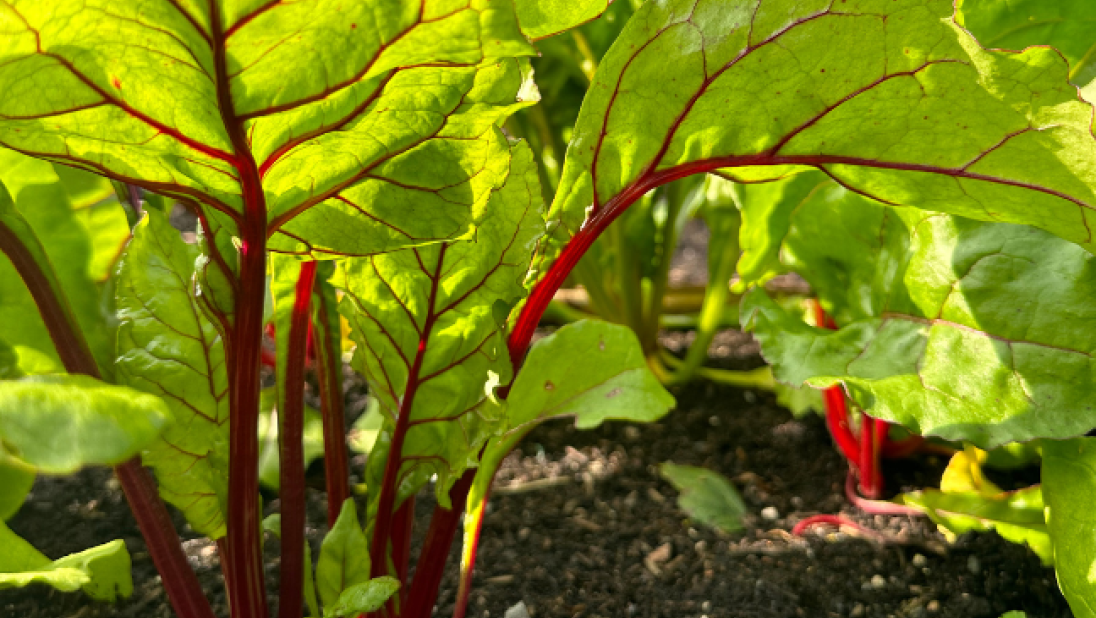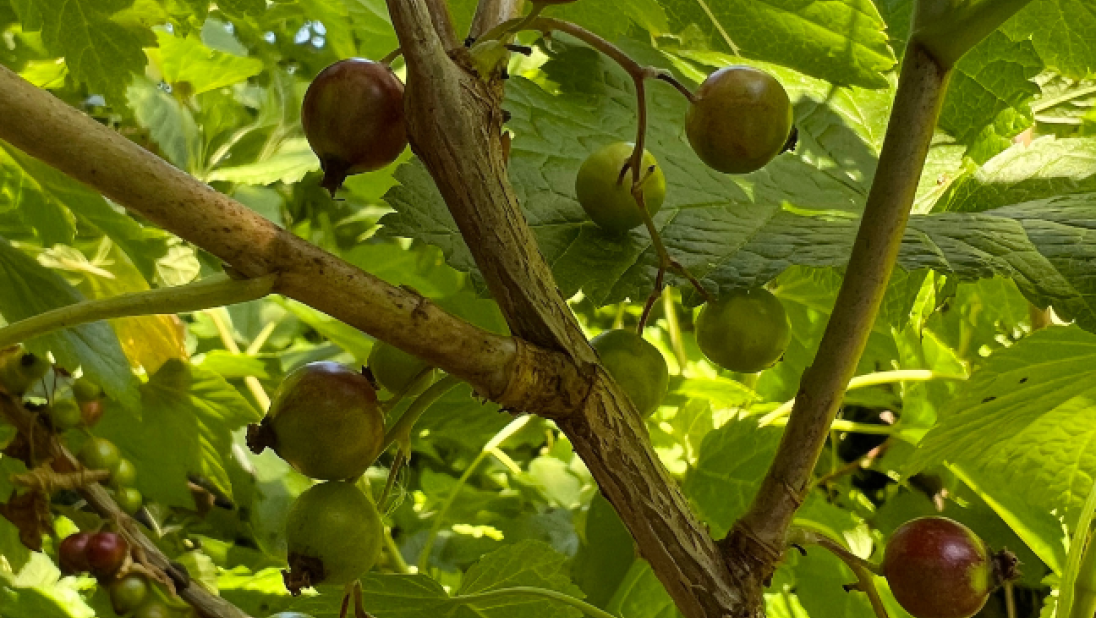
Residents of Duncrun Cottier's House
Census
At the time of the 1901 census, the house was inhabited by Patrick Clyde, his wife Catherine, daughter Margaret, son William and 10-year-old grandson Robert Butcher. The census reveals that Patrick and William were agricultural labourers, whilst Margaret was a dressmaker.
The census of 1911 shows a similar picture, with all of the same inhabitants, although by this time William had found work as a railway labourer and Robert, now 20, was working as an agricultural labourer. The census also shows that Margaret continued to make use of her sewing skills, as a seamstress. Patrick and Catherine died a few years after the 1911 census was taken; Patrick in 1914, followed by Catherine in 1917.

Margaret Clyde
Margaret continued to live in the house following her parents’ death and remained there for the majority of her life. According to Margaret’s niece Mary McLaughlin, who lived with her for a time with her siblings following their mother’s death, Margaret enjoyed making patchwork quilts and had her own homemade quilting frame.
She was a thrifty person and saved flour bags which she boiled with soda and leached to remove the print. They were then used to make sheets and cloths for drawn thread work.
Margaret had a good set of laying out linens and was called upon locally to help lay out the dead. Clothes were washed in a tin bath and were dried by placing them over hawthorn hedges near the house.
Baking was a regular occurrence, with scones on the griddle and soda bread in the pot oven.
Margaret grew potatoes, rhubarb and gooseberries in the small garden patch at the rear of the house and she used the rhubarb and gooseberries to make jam. The house was known as a céilí house, particularly for card playing (Forty-Five, Old Maid etc.) and conversation.
Mary also recalled a practice called ‘coving’ being carried out in the home, which consisted of the floor immediately around the cleanly swept hearth being decorated with a chalked spiral pattern.
Margaret’s nephew Eddie Butcher (Robert’s brother) often visited his aunt and recalled repairing the thatched roof of the house using bent or marram grass from the coastal sand dunes:
“I done repairs to it, and went and pulled the thatch for it in the back strand hills there – the bent – and took it up and put it on and roped it down. I maybe done it, oh, maybe ten or twelve times for her while she had it. It had to be done very two or three years, you see. She always liked to keep it dry.”
Eddie coincidentally grew up to become a well-known traditional singer. You can listen to a selection of his songs on the Irish Traditional Music Archive’s website.
Margaret lived in the house until the 1950s when ill health obliged her to move. She was the last person to live in the house.
You can learn more about Margaret Clyde from an interview with her grandniece, Ann Heaveron.
“There was this Florence McLoughlin, Margaret, one was always trying to outwit the other one in their embroidery. Used to make table clothes out of, the flour come years ago in cloth bags, so they used to boil them until they got the big black bird out of it, then they pulled threads and then used a needle to make different designs. Oh, she was a handy woman.”












